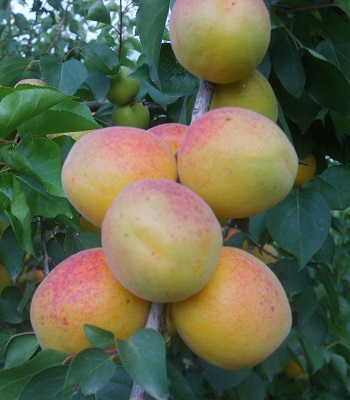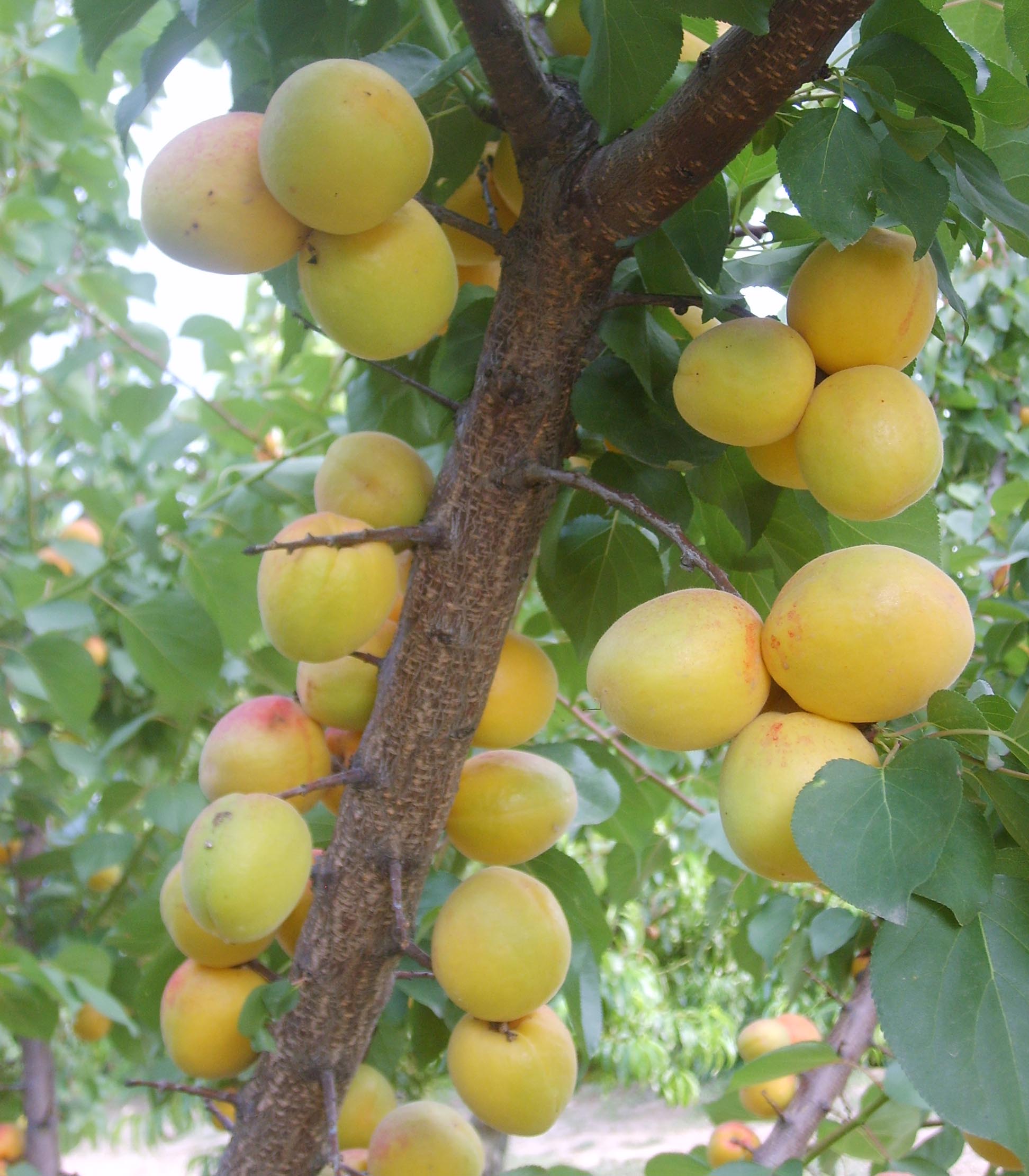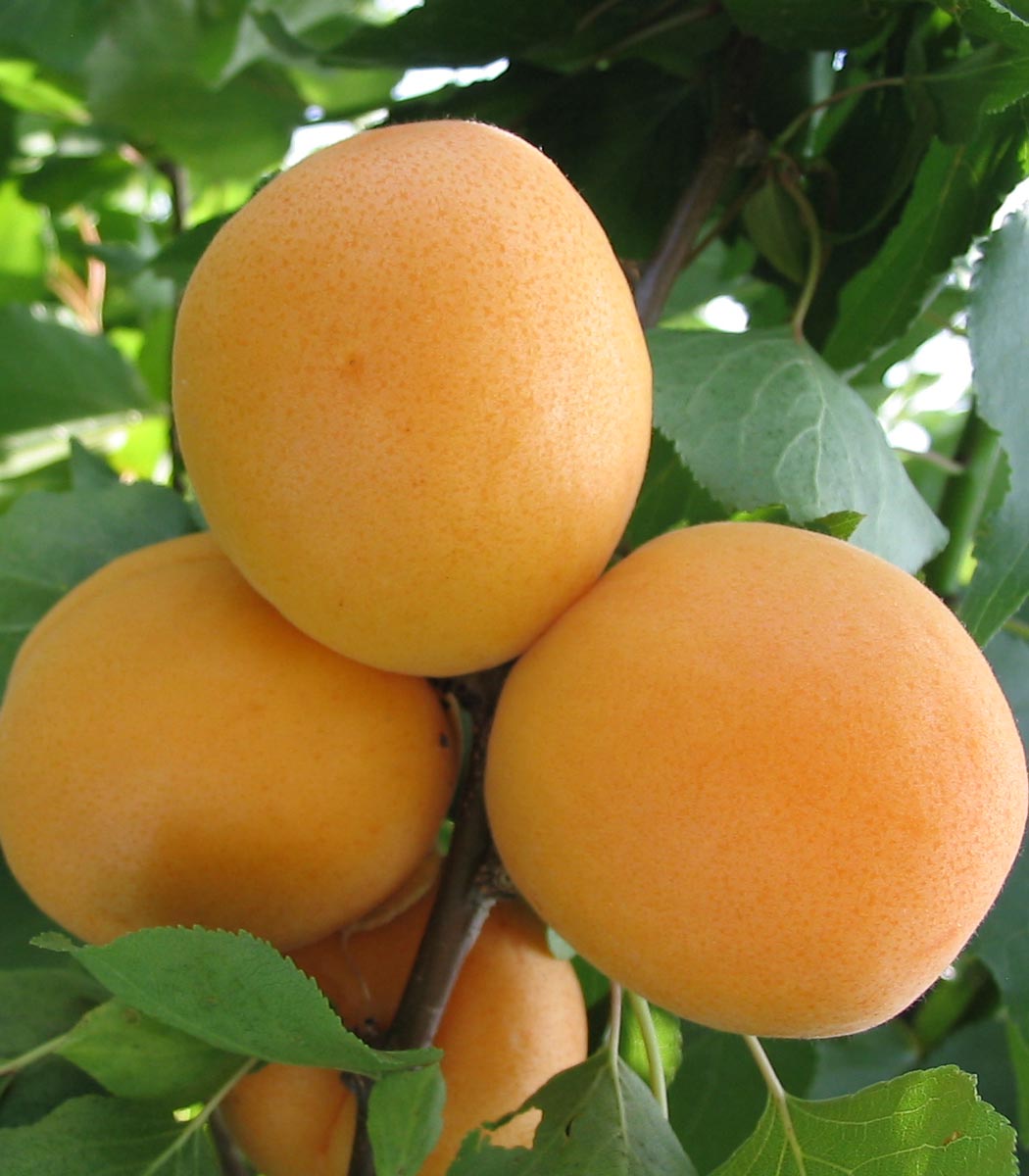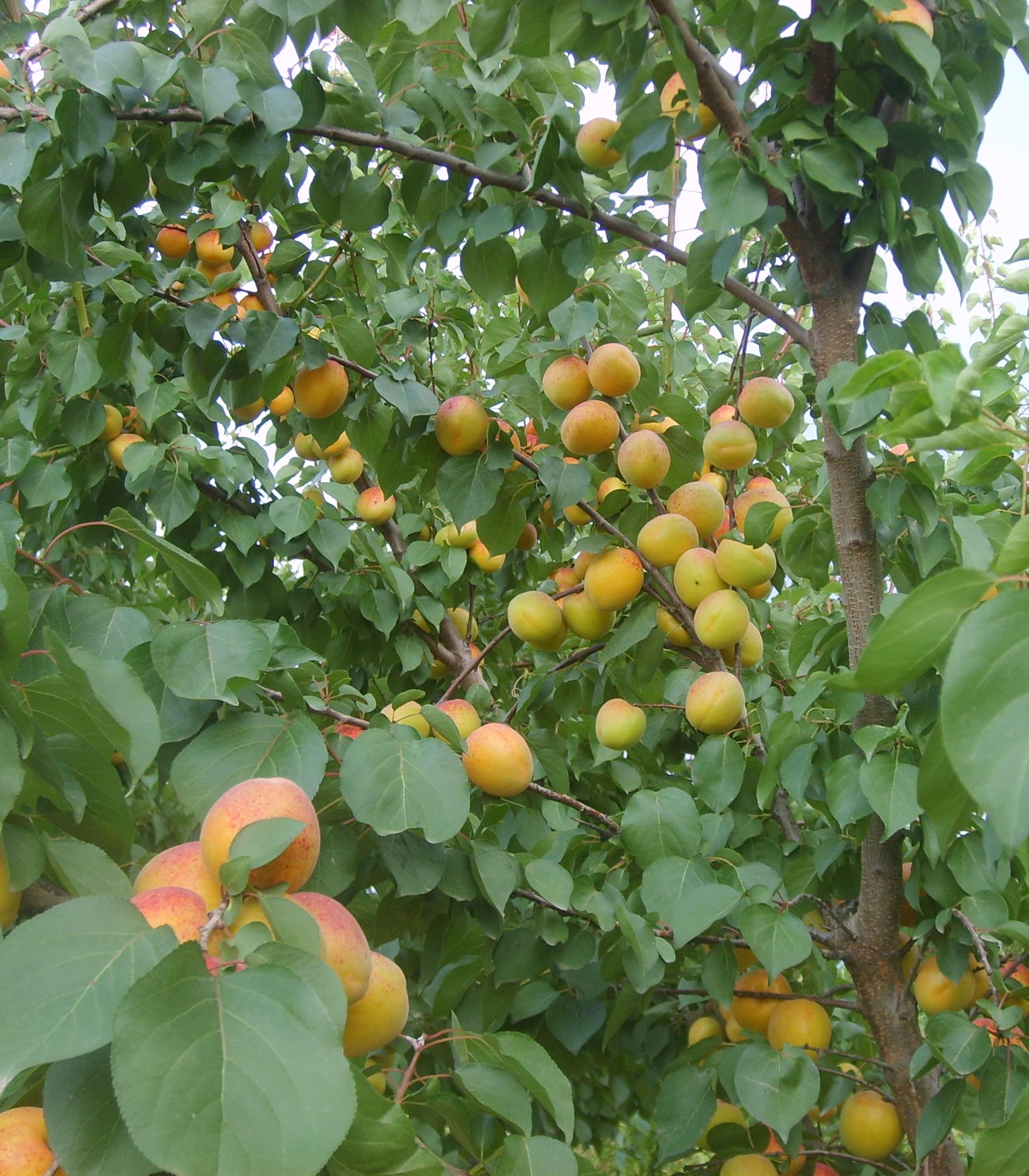
Climate and Soil Requirements
Apricot tree very well grow in deep and non-water-retaining, slightly inclined and slightly calcareous slopes at the south-facing sun-drenched feet of the mountains in semi hot and dry regions. Apricots growing in these places usually form disease-free, bright, savoury, aromatic fruits with high dry matter.
As apricot is affected by late frost of spring, slopes and hillsides should be preferred rather than plains and depressed areas in orchard establishment.
Trunk and branches of an apricot tree withstand cold down to –35°C in winter months and its blossoms temperatures down to –1°C provided that they are wet. In some years, when the weather is warm in spring, they are much damaged by events of frost occurring when buds are about to bloom or have just bloomed. As cold air descends to lowlands on inclined terrain, apricot trees planted there are much damaged by frost. However, towards the upper parts, damage to the trees is partly prevented.
Atmosphere must be dry in summer months so that fruits may ripen at high quality. In places where the air is humid and spring foggy, shot hole disease is extremely observed. As the fruits of the apricot trees growing in subsoil and humid soils are juicy, large and have lower dry matter, varieties grown in such soils are suitable for table. However, as the fruits of the apricot trees growing in dry land are small and have higher dry matter and lower water contents, such varieties are used for drying.


